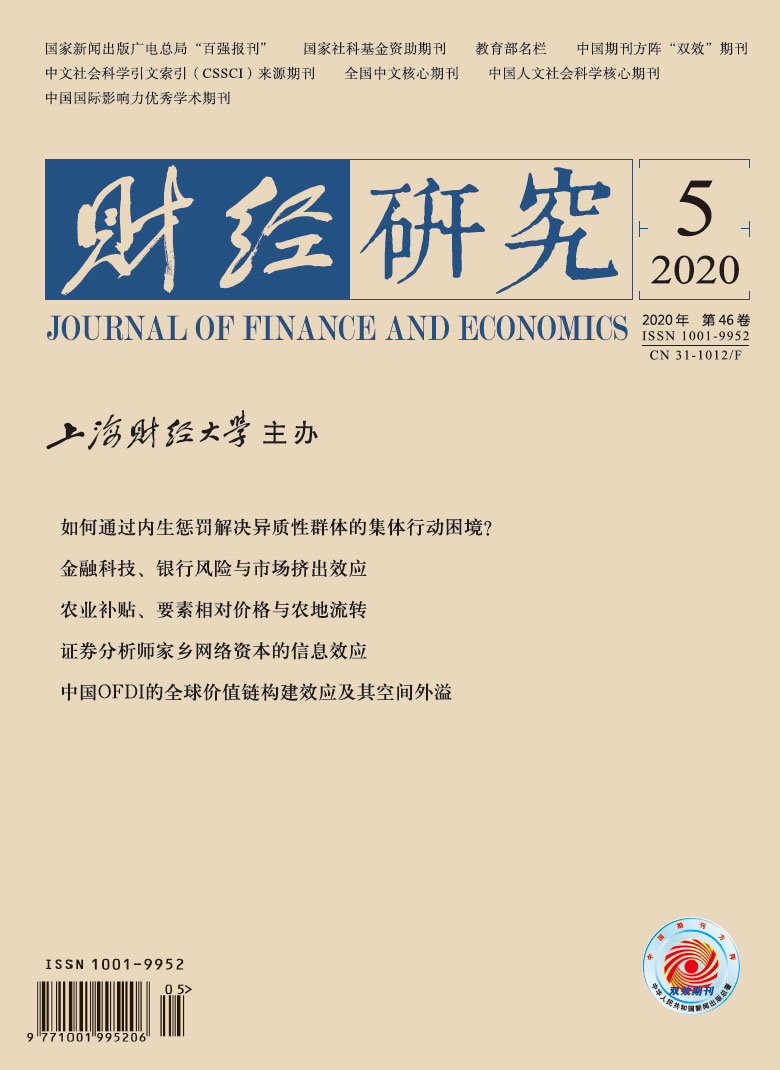In recent years, the development of FinTech has brought profound changes to the banking industry. In the field of inclusive finance, the use of the latest IT technologies such as big data, cloud computing, AI and blockchain has given new solutions to the financial constraint problems of SMEs. For this reason, as representatives of traditional financial institutions, commercial banks have also begun to apply financial technology actively and have started strategic transformation. At the same time, people are generally concerned about the extent to which FinTech can empower commercial banks, and what changes will be brought to the market structure.
In the process of transformation, large banks represented by state-owned banks and national joint-stock banks often invest hugely and comprehensively, relying on their advantages in capital, technology and talents. However, small and medium banks have comparative advantages in shorter decision-making chains and more flexible responsiveness. Therefore, to which side will the use of FinTech bring more help is a question worth discussing. Using Python tools to crawl web pages, this paper constructs the FinTech application index of commercial banks, and uses data from 261 Chinese banks in 2010-2018 to conduct research. The results show that, large commercial banks have significantly reduced their own risk levels and improved risk tolerance ability after applying FinTech, and the improvement is better than that of small and medium banks.
In addition to the impact on individual banks, FinTech will also change the structure of the market. FinTech application has reduced the information asymmetry between banks and enterprises, and narrowed the gap between large banks and small and medium banks in their ability to acquire soft information. In the meanwhile, by virtue of advantages in lower capital cost, large banks are therefore able to identify and more easily attract SMEs with relatively low risks, thus forming a “dimensional reduction” on small and medium banks in the field of inclusive finance, which has brought negative impacts on small and medium banks. The results show that by the application of FinTech, large banks’ loans to SMEs have increased significantly, but the risks have not changed significantly. In contrast, small and medium banks’ loans to SMEs have not increased significantly, but the risks have increased significantly. This phenomenon reflects the loss of high-quality customers in small and medium banks and the existence of market crowding-out effect.
The main contributions of this paper are as follows: Firstly, based on the existing literature, we use Python tools to improve the “text mining method”, constructing the FinTech application index that is detailed to the individual level of commercial banks; Secondly, for the first time we quantitatively examine the heterogeneous impact of FinTech on traditional banks and the interaction between different banks from the perspective of commercial banks applying FinTech; Thirdly, for the first time we quantitatively examine the crowding-out effect between large banks and small and medium banks by applying FinTech in the field of inclusive finance. This paper has innovations in the index construction and mechanism testing, and is meaningful to the commercial banks that use FinTech for digital transformation, as well as competition and structural changes in banking industry caused by FinTech development.






 7471
7471  12607
12607

